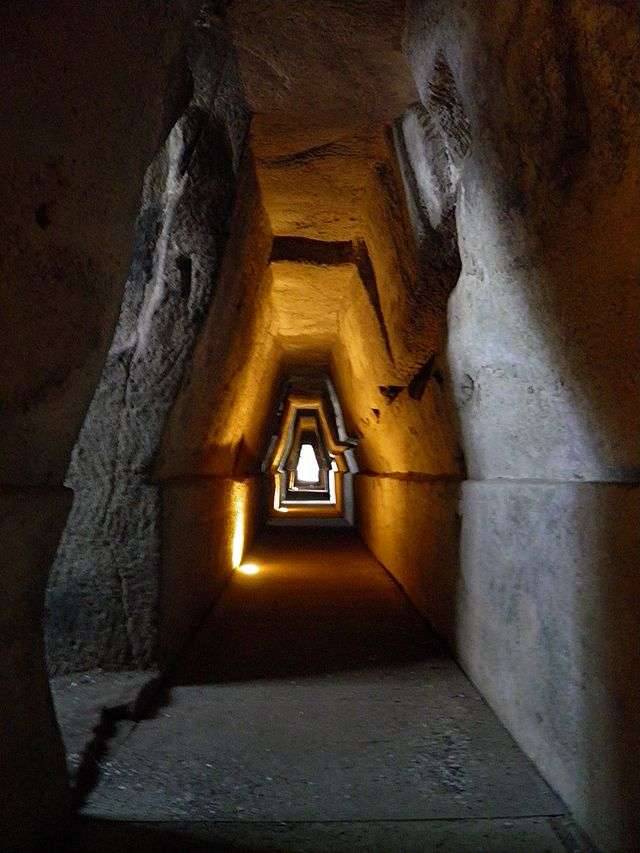The Cumaean Sibyl’s Cave, also known as the Sibyl’s Cave or Antro della Sibilla, is located in Cuma, near Naples in Italy. The cave is estimated to be over 2,500 years old and is traditionally associated with the ancient Greco-Roman civilization but is thought to have been created by the Ancient Greeks.
Get your dose of History via Email
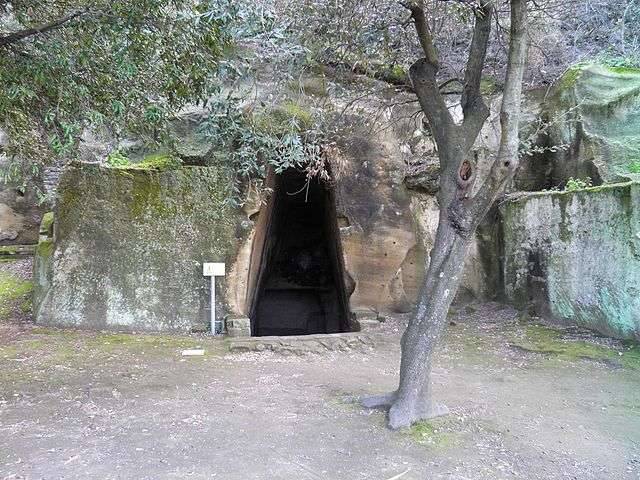
Construction Methods and Architecture of Cumaean Sibyl’s Cave
The Cumaean Sibyl’s Cave is a marvel of ancient engineering and architecture. The cave was carved out of tuff rock, a type of volcanic ash. The cave is a long, trapezoidal tunnel. It measures about 131 meters (430 feet) in length, and is composed of several interconnected chambers, which have led some to speculate that it may have had multiple uses over the years.
The entrance to the cave is an arch that leads to a small vestibule. From there, visitors can proceed to the main chamber, which is a 60-foot-long tunnel with a domed ceiling. The tunnel is flanked by two smaller chambers that are believed to have been used for religious rituals. The walls of the cave are adorned with intricate carvings and frescoes that depict scenes from Greek and Roman mythology. The cave’s construction is a testament to the skill and expertise of the ancient builders and serves as a reminder of the rich cultural heritage of the region.

The legend of Cumaean Sibyl’s Cave
According to legend, the Cumaean Sibyl was a prophetic priestess who resided in the cave and offered her prophecies there. The Sibyl was said to have lived for hundreds of years, and she was known for her incredible foresight and ability to predict the future. It was said that she was visited by many important figures throughout history, including the Trojan hero Aeneas and the Roman emperor Augustus. The cave was said to contain many secrets and mysteries, and it was believed that those who entered the cave would be granted great wisdom and knowledge. Despite its reputation, the cave was also said to be dangerous, as those who entered it often found themselves lost in its winding tunnels and labyrinthine passages. Nevertheless, many brave adventurers and seekers of knowledge have ventured into the cave over the centuries, in search of the Sibyl’s wisdom and the secrets that lie hidden within its walls.
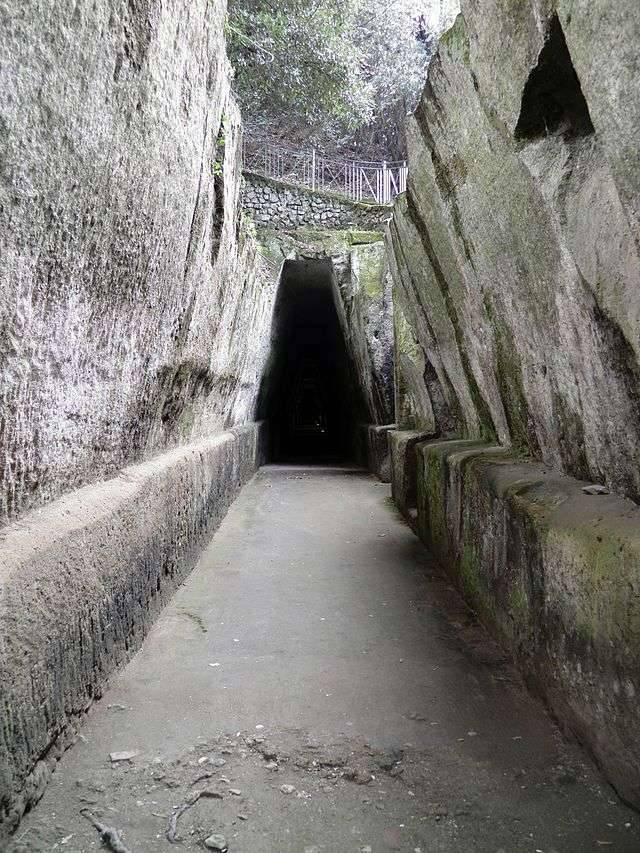
Historical Significance and Cultural Impact
The Cumaean Sibyl’s Cave holds a significant place in the cultural and historical landscape of ancient Greco-Roman society. The Sibyl herself, a figure shrouded in mystery and legend, was an integral part of the religious and mythological fabric of the time. Her prophecies were highly regarded and often sought after by individuals and leaders seeking guidance in uncertain times. The cave, as her purported abode, became a symbol of divine insight and a site of pilgrimage for those wishing to gain a glimpse into their future or seek solutions to their problems.
The influence of the Cumaean Sibyl extended beyond the confines of the cave and into the literary and artistic realms. She is mentioned in various works of ancient literature, most notably in Virgil’s “Aeneid,” where she guides the hero Aeneas through the underworld. This literary depiction not only immortalized the Sibyl but also cemented the cave’s place in the collective imagination of subsequent generations. The cave and its resident prophetess have inspired countless works of art, poetry, and literature, reflecting the enduring fascination with the mystical and the unknown.
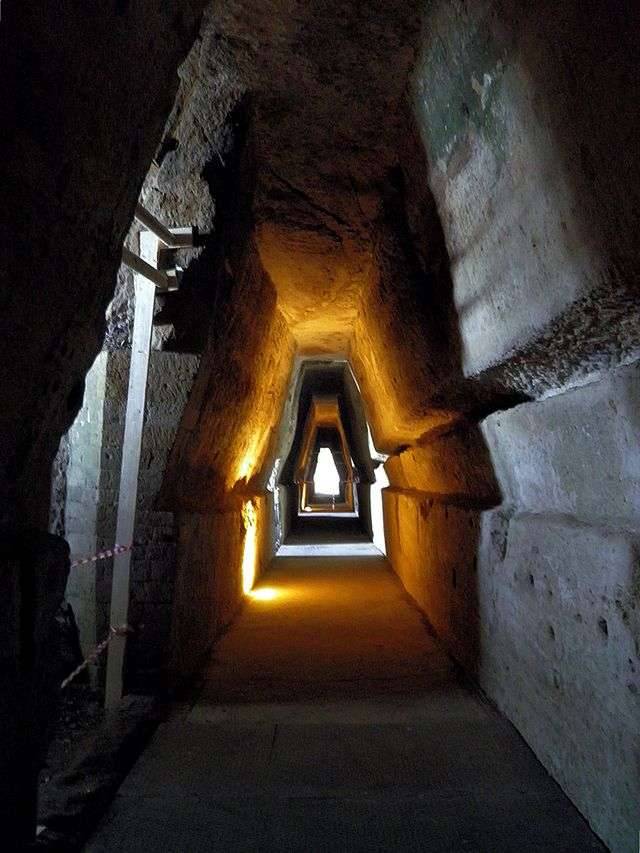
Archaeological Discoveries and Interpretations
Archaeological excavations and studies of the Cumaean Sibyl’s Cave have provided valuable insights into its construction, use, and significance in ancient times. Artifacts found within the cave, including pottery, inscriptions, and religious offerings, suggest that it was a site of worship and veneration. These findings support the theory that the cave was not merely a natural formation but was intentionally designed and used for religious and ceremonial purposes.
Scholars have also debated the cave’s role in the broader context of ancient religious practices. Some suggest that it was part of a network of sacred sites used for oracular consultations and that the Sibyl served as an intermediary between the divine and the mortal realms. Others propose that the cave was a place of initiation, where individuals underwent spiritual journeys or rites of passage.
Preservation and Modern-Day Significance
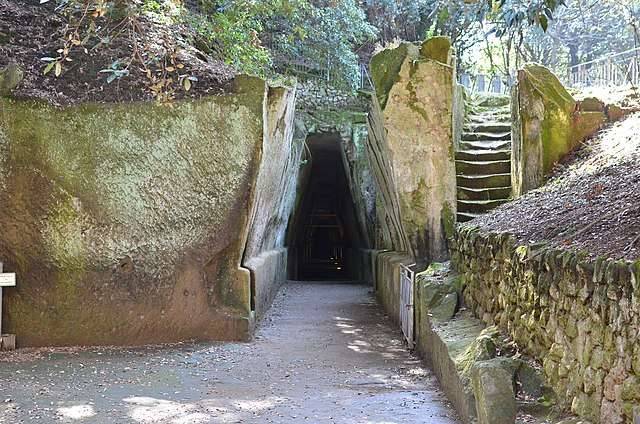
Today, the Cumaean Sibyl’s Cave continues to captivate the imagination of visitors from around the world. Efforts to preserve the site have been undertaken to ensure that it remains a tangible link to the past and a source of inspiration for future generations. The cave’s preservation is not only important for historical and archaeological reasons but also for its cultural and educational value. It serves as a reminder of the rich heritage of the ancient world and the enduring power of myth and legend in shaping human history.
As an academic subject, the study of the Cumaean Sibyl’s Cave offers insights into ancient engineering, religious practices, and the ways in which mythology and history intertwine. It challenges researchers to consider the multifaceted nature of historical sites and encourages a deeper understanding of the past. The cave, with its layers of history and legend, remains a fascinating subject for scholars, historians, and anyone interested in the mysteries of the ancient world.

